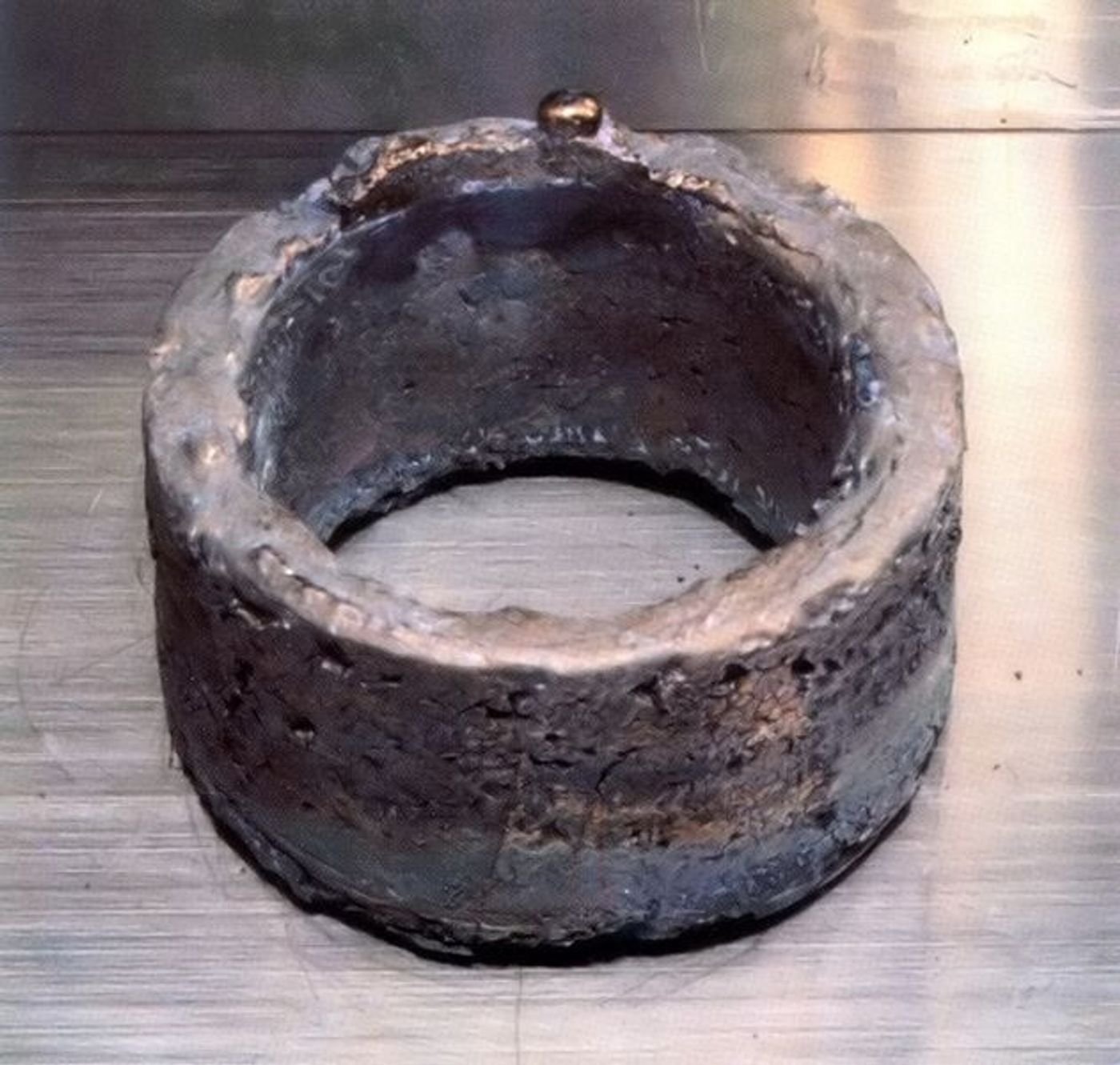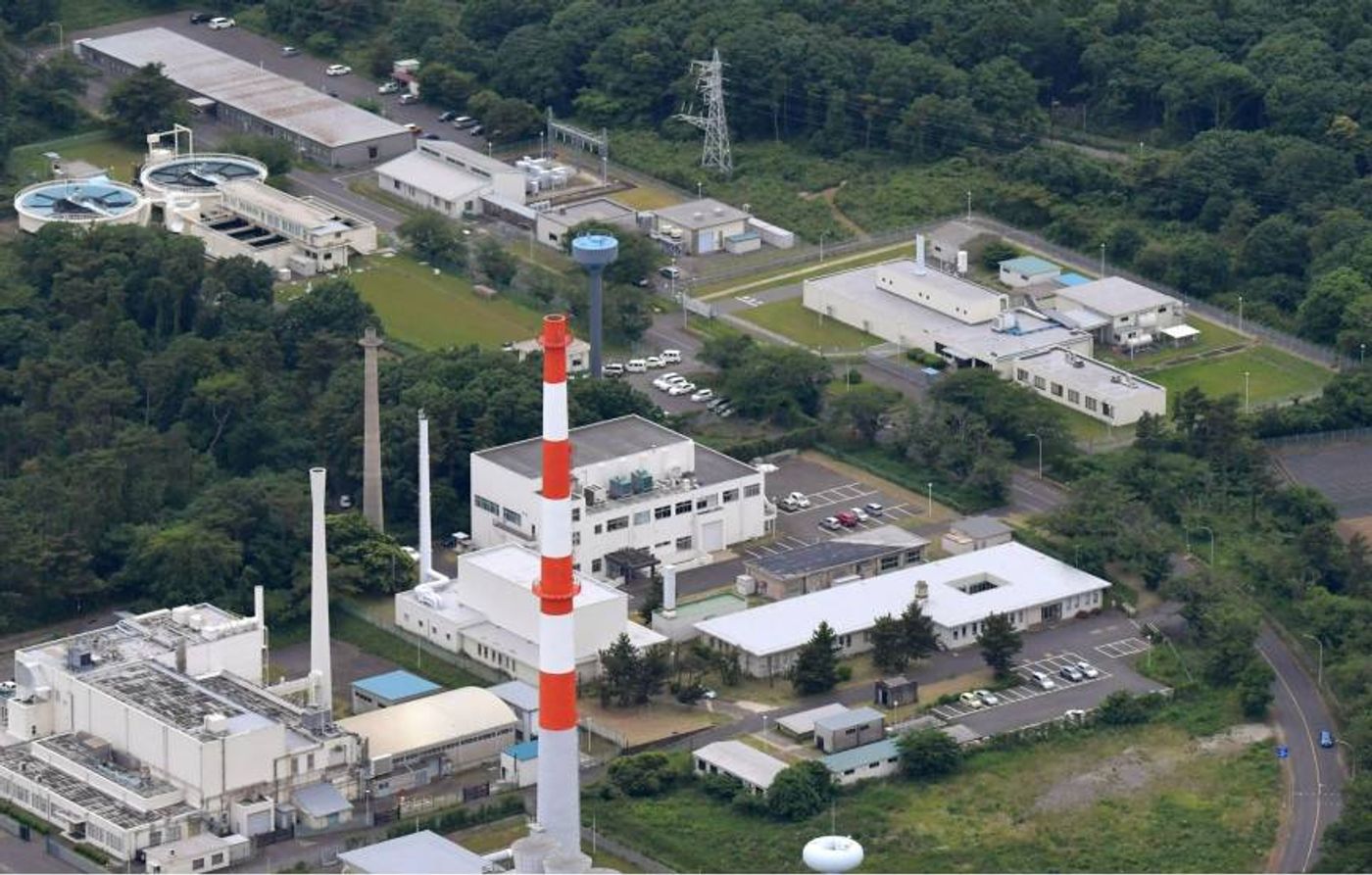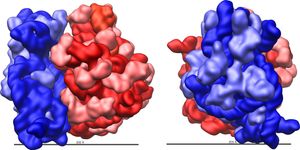Human Exposure to Radioactive Dusts at Japan's Nuclear Research Facility During Inspection
On June 7, four workers were accidentally exposed to a large amount of nuclear fuel material at the Oarai Research and Development Center in Ibaraki Prefecture, Japan. According to the press release from the Japan Atomic Energy Agency (JAEA), the affected employees were conducting an inspection at the time. A bag containing powder samples of plutonium and uranium suddenly tore, and the radioactive material became airborne. Despite wearing mask, a male worker in his 50s inhaled an extremely large amount of plutonium - up to 22,000 becquerels was detected in his lungs. The other three workers were also exposed though not as much, up to 14,000 becquerels were found in their body.
It was estimated that the man with the highest radioactivity has a radiation dose up to 12 sieverts, meaning that he will have an extremely high chance to develop cancer. In comparison, the annual limit of radiation exposure for a common nuclear energy worker is 50 millisieverts a year, and 100 millisieverts in five years. Still not sure what led to the breakage of the bag and whether the workers followed proper procedures, radiation protection experts have called for systematic investigations to root out future possibility of this type of accident.
Highly purified Plutonium in ring shape. Credit: Wikipedia
Both plutonium-239 and its decay product uranium-235 are alpha-particle emitter. Alpha particles (each made of 2 protons and 2 neutrons) are much heavier than beta particles (electrons), and they have little penetrating ability. A couple of sheets of paper would be sufficient to block alpha particle because the energy would be fully absorbed. But if you replace paper with human tissues like skin, intestines, or lungs, alpha radiation would cause massive damage to cellular components like proteins and DNAs, which eventually lead to cell death and the formation of malignant tumors. One pound of plutonium is enough to cause cancer in two million people when inhaled as plutonium oxide dust.
Aerial view of the Oarai Research and Development Center. Credit: Japan Times
The Oarai Research and Development Center is among the top nuclear research institutes in Japan. It is the home to many experimental reactors such as JOYO an experimental fast reactor and HTTR a high temperature engineering test reactor. According to the country’s Strategic Energy Policy, the center is mandated to explore various advanced reactor technology as well as develop safety enhancement for the current generation of light water reactors.
Japan captured the world’s attention in March 2011, when a domino-fashion crisis hit the island country: a powerful earthquake, a horrendous tsunami, and the meltdown at the Fukushima nuclear power plant. After that, the country shut down all its atomic reactors. Even though a handful of reactors have come back online, the major of power plants remains closed due to public opposition. The current administration has been promoting a reboot of nuclear energy, calling it essential for economy. But the accident at the Oarai Research and Development Center will no doubt refuel public’s aversion toward atomic technology.
Source: Japan Times










